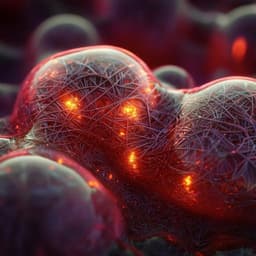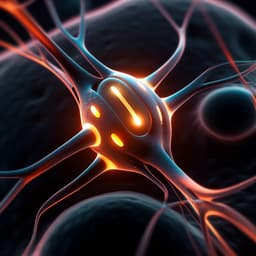
Medicine and Health
Biofeedback electrostimulation for bionic and long-lasting neural modulation
F. Jin, T. Li, et al.
This groundbreaking study, conducted by researchers including Fei Jin and Tong Li, unveils a wearable neural stimulation system that addresses the challenges of invasive electrical stimulation. By harnessing respiratory motion, it adapts biomimetic pulsed electrical signals to enhance nerve regeneration and motor function, offering a promising alternative to traditional treatment methods.
~3 min • Beginner • English
Related Publications
Explore these studies to deepen your understanding of the subject.







